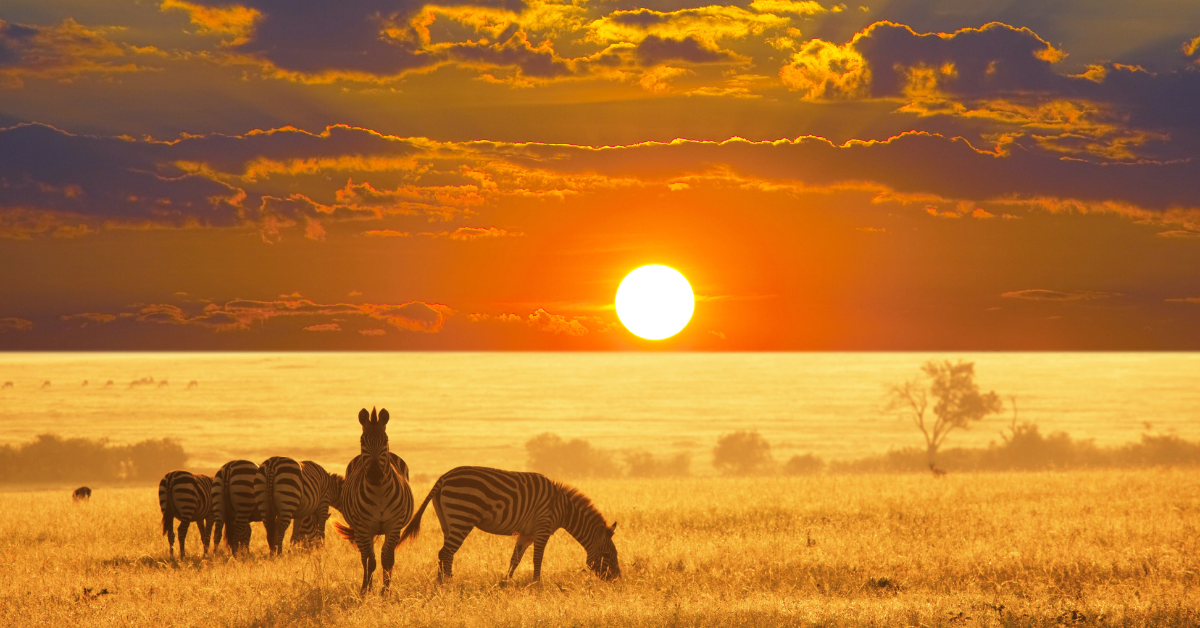Namibia does not have an official kanji representation, but it is sometimes transcribed as “納米比亜” based on phonetics. For Japanese people, Namibia evokes images of vast deserts, unique wildlife, and cultural fusion, making it a country that inspires both curiosity and admiration.
The Kanji Representation “納米比亜” for Namibia
Namibia is a country in southwestern Africa, where English is the official language. In Japanese, it is generally written as “ナミビア” in katakana, but it can also appear as the phonetic kanji form 納米比亜.
This practice stems from the historical Japanese habit of transcribing foreign place names into kanji. For example, America was written as “亜米利加”, New Zealand as “新西蘭”, and Côte d’Ivoire as “象牙海岸”, often reflecting sound or distinctive characteristics.
| Country | Kanji Representation | Pronunciation | Feature |
|---|---|---|---|
| America | 亜米利加 | Amerika | Phonetic |
| New Zealand | 新西蘭 | Shin-sei-ran | Phonetic |
| Côte d’Ivoire | 象牙海岸 | Zōge Kaigan | Derived from ivory |
| Namibia | 納米比亜 | Namibia | Phonetic, unofficial |
The term 納米比亜 is not official, but it remains as a linguistic curiosity that shows how Japan once sought to adapt foreign names to its writing system. Today, katakana writing is the mainstream, but this example holds cultural interest.
Images Japanese People Have of Namibia
Although Namibia is not widely known in Japan, it does evoke several strong images.
A Land of Nature and Spectacular Landscapes
The red dunes of the Namib Desert are world-famous and frequently featured in Japanese TV programs and photo collections. The Skeleton Coast, with its dramatic and barren shoreline, also leaves a deep impression as a symbol of nature’s harshness and beauty.
A Treasure Trove of Wildlife
Etosha National Park is renowned as a safari destination where lions, elephants, rhinos, and giraffes roam. Many Japanese associate Namibia with “a kingdom of wildlife”, shaped by nature documentaries and travel media.
A Relatively Safe Country
Compared to other African nations, Namibia is regarded as relatively safe, giving Japanese travelers the sense that it is “an easier country to visit within Africa.”
Fusion of History and Culture
Namibia was once a German colony, and in the capital Windhoek, European-style architecture remains. This blend of African traditions and European influences creates a unique cultural landscape.
Namibia and Sports
Track and Field
Namibia has produced many sprinters, particularly excelling in the 200m and 400m events. Performances at the Olympics and world competitions have helped spread the country’s name internationally.
Rugby
Rugby is deeply rooted in Namibia and the country has participated in multiple Rugby World Cups. Thanks to its proximity to South Africa, the sport is part of national pride. Rugby is regarded as a symbol of community identity.
Soccer
Soccer enjoys growing popularity, with local leagues developing and young players moving abroad. While not yet at the level of global powerhouses, it represents a promising area of growth.
| Sport | Feature | Awareness in Japan |
|---|---|---|
| Track and Field | International success in sprints | High |
| Rugby | Frequent Rugby World Cup appearances | Medium |
| Soccer | Expanding domestic league | Low |
The Attractions of Tourism in Namibia
As a travel destination, Namibia is not yet widely recognized among Japanese tourists. However, those who have visited often describe it as “a country with landscapes found nowhere else.”
| Destination | Feature | Attraction |
|---|---|---|
| Namib Desert | World’s oldest desert | Red dunes at sunrise |
| Etosha National Park | Safari hotspot | Close encounters with wildlife |
| Skeleton Coast | Harsh, barren coast | Shipwrecks and wild beauty |
| Windhoek | Capital city | German architecture and local markets |
The sight of the sun setting over the Namib Desert or witnessing herds of wild animals in Etosha provides unforgettable memories for visitors.
Namibia’s Food Culture
Namibian cuisine reflects a blend of African traditions and European influences.
Meat Dishes
Beef and lamb are common, with steak and sausages being especially popular. Game meat such as oryx or zebra, unusual in Japan, also appears on local menus.
Staple Foods
Dishes like “mahangu” or “pap,” made from maize meal, are everyday staples, representing simple but beloved household cooking.
Drinks
Beer, influenced by German brewing traditions, is of high quality and well-loved by both locals and tourists.
| Food Culture | Feature | Japanese Impression |
|---|---|---|
| Meat Dishes | Wide variety of game meat | Exotic but appealing |
| Staples | Maize-based dishes | Simple and familiar |
| Beer | High-quality, German-style brewing | Familiar and enjoyable |
Conclusion
The kanji representation “納米比亜” is not official but a phonetic adaptation. Nonetheless, it provides a fascinating glimpse into how Japan once related foreign names to its own writing system.
For Japanese people, Namibia evokes images of majestic nature, abundant wildlife, relative safety, and cultural fusion, along with its presence in sports, tourism, and cuisine.
While still not a well-known destination in Japan, Namibia leaves powerful impressions on those who visit. With its unique landscapes, diverse culture, and international sports achievements, it is a country whose recognition is likely to grow further in the future.






